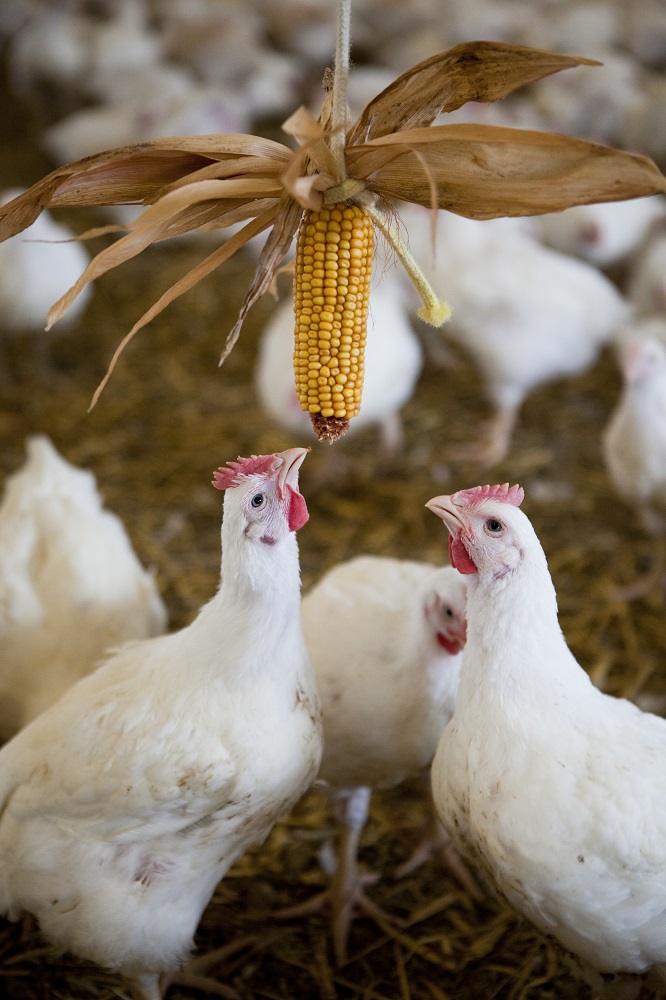Animal feed production continued to climb in October, according to latest data published by AHDB. At 1.13Mt, GB compound animal feed production (including by integrated poultry units) in October was 2% higher on the year. This takes season to date (Jul-Oct) animal feed production up to 4.60Mt, 4% more than the same period in 2017/18. Furthermore, this is the highest amount of GB animal feed produced at this point in the season since records began in 1995/96.
The rise in animal feed output so far this season has been mainly driven by ruminants and to an extent poultry, while pig feed production has been down. It’s no surprise that ruminant feed output has been on the rise, after the hot and dry weather during the summer months adversely affected forage production, as well as well as pasture conditions.
In terms of cereals used to produce GB compound animal feed so far this season (Jul–Oct):
• Wheat usage is at 1.62Mt, 4% more than year earlier and the highest on record;
• Maize usage is up 35% on the season to 148Kt;
• Barley demand is down 8% to 363Kt.
Looking ahead to the rest of the season, according to the latest cereal supply and demand estimates, the rise in animal feed production is expected to slow, partly due to easing concerns around winter forage availability. However, this is very much dependant on conditions over the winter and spring.
Click here to view the latest GB animal feed production statistics in full.

November feed wheat premium lowest since 2011
Since the start of the 2018-19 season (July), the gap between ex-farm feed wheat and feed barley prices has narrowed. The UK average premium for feed wheat over feed barley in July 2018 was £20.30/t, whereas the average premium in November 2018 was £1.50/t. This is the lowest price gap for the month of November since 2011, when feed wheat prices across the UK averaged £0.60/t less than feed barley.
While the price difference for November is historically low, the gap has started to widen again since the start of the month. Should the wheat premium continue to rise, compounders may begin to include higher proportions of other ingredients in their feed rations going forward, such as barley. However, with imported maize prices remaining competitive versus domestic wheat and barley over the last couple of months, this may also influence ration compositions.



